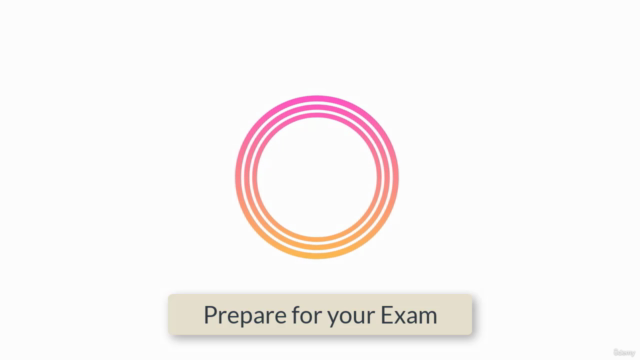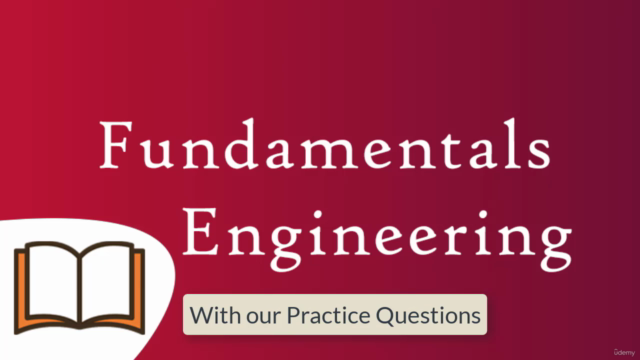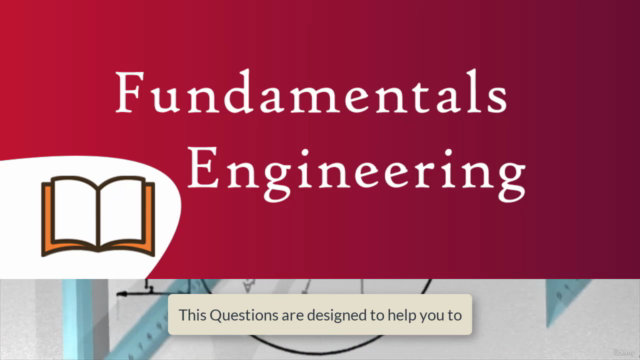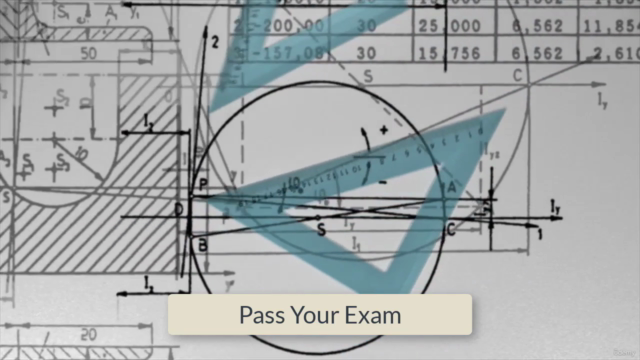Fundamentals Engineering Exam Questions Practice Test
A complete practice test to pass your Fundamentals Engineering Exam

16
students
299 questions
content
Apr 2024
last update
$19.99
regular price
What you will learn
Understand what is in the exam, materials allowed, and strategies to pass
Gain confidence in how to approach the FE exam and the broad subjects
Managing your exam time and improving accuracy
In-depth coverage on the most common exam subjects
Screenshots




Related Topics
4819488
udemy ID
8/6/2022
course created date
8/30/2022
course indexed date
Bot
course submited by